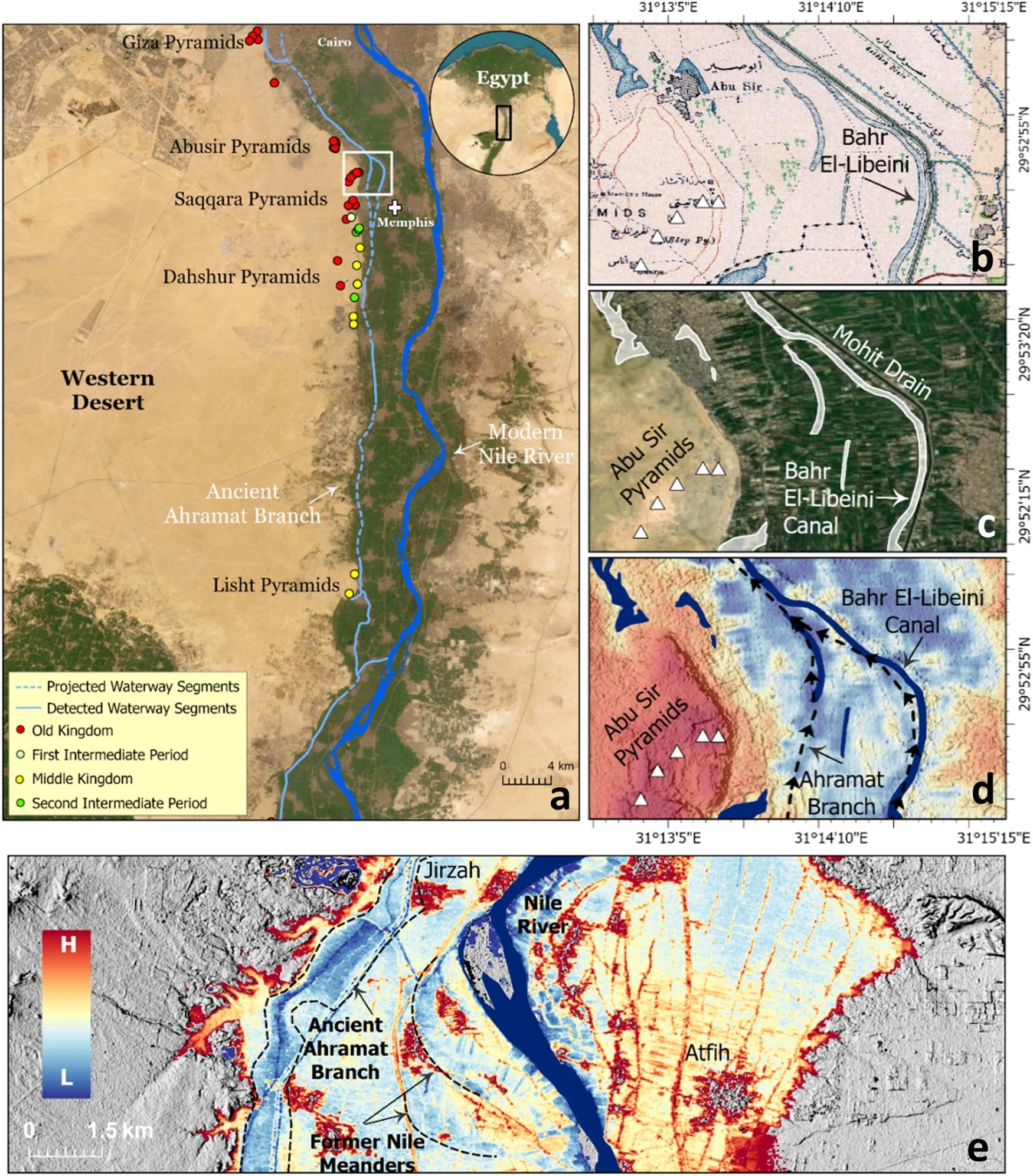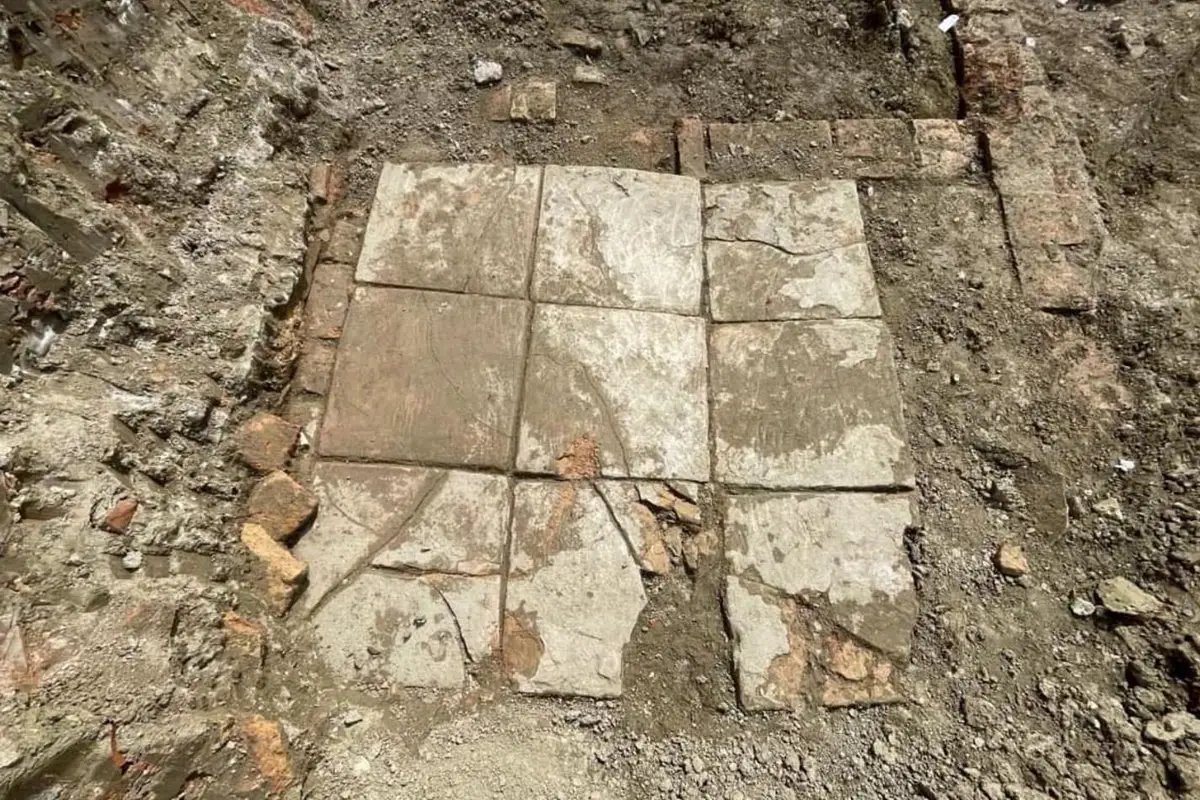Archaeology
Archaeologists find 2,000-year-old bog body

Archaeologists from the Police Service of Northern Ireland have uncovered a 2,000 to 2,500-year-old bog body in Northern Ireland.
Authorities were alerted to human remains on the surface of peatland in Bellaghy, resulting in the Archaeological Unit within the Police Service of Northern Ireland’s Body Recovery Team being dispatched to conduct a forensic examination.
Detective Inspector Nikki Deehan said: “On initial examination, we couldn’t be sure if the remains were ancient or the result of a more recent death. Therefore, we proceeded to excavate the body with full forensic considerations in a sensitive and professional manner. This approach also ensures that any DNA evidence could be secured for any potential criminal investigation.”
A certified forensic anthropologist conducted a post-mortem examination, revealing that the individual was likely a male aged between 13 and 17 years old at the time of death. Although the cause of death remains unclear, the individual’s remains are remarkably well-preserved, with partial skin, fingernails of the left hand, toenails, and possibly a kidney still intact.
Image Credit : Police Service of Northern Ireland
Radiocarbon dating conducted at the 14Chrono Centre, part of Queen’s University Belfast, has placed the year of death to around 500 BC during the early Iron Age.
Dr Alastair Ruffell of Queen’s University, Belfast said: “The remains were discovered at approximately one metre below the current land surface which matches the radiocarbon estimates. In addition, they were amongst a cluster of fossil tree remains suggesting that the body may have died or been buried in a copse or stand of trees, or washed in.”
John Joe O’Boyle, Chief Executive of Forest Service, said: “Forest Service recognises the significance of this very exciting find. This ancient bog body was discovered on land owned by the Department and we are now working with National Museums NI to transfer it to them so that they can continue with further examination and preservation of the remains.
Header Image Credit : Police Service of Northern Ireland
This content was originally published on www.heritagedaily.com – © 2023 – HeritageDaily
Archaeology
Groundbreaking study reveals new insights into chosen locations of pyramids’ sites

A groundbreaking study, published in the journal Communications Earth & Environment, has revealed why the largest concentration of pyramids in Egypt were built along a narrow desert strip.
Since the beginning of the Pharaonic era, the Nile River has played a fundamental role in the rapid growth and expansion of the Egyptian civilisation.
The Nile provided sustenance and functioned as the primary mode of transportation for goods and building materials, which explains why most of the main cities of the Egyptian civilisation were built in close proximity to the banks of the Nile and its peripheral branches.
Over the centuries, the primary channel of the Nile shifted laterally, causing these peripheral branches to silt up. As a result, population centres were cut off from the vital resources the river provided.
Image Credit : Eman Ghoneim et al
This is apparent with the pyramids along the Western Desert Plateau, where a majority of the pyramids are concentrated along a narrow desert strip several kilometres from the current primary channel of the Nile.
Using a combination of radar satellite imagery, geophysical data, and deep soil coring, the study has investigated the subsurface structure and sedimentology in the Nile Valley adjacent to the pyramid clusters.
This has revealed an extinct branch of the primary channel called the Ahramat Branch, which was connected to the pyramids of the Old and Middle Kingdoms via causeways and their Valley Temples.
According to the study authors: “The Ahramat Branch played a role in the monuments’ construction and was simultaneously active and used as a transportation waterway for workmen and building materials to the pyramids’ sites.”
The eastward migration and abandonment of the Ahramat Branch could be attributed to gradual movement of the river to the lower-lying adjacent floodplain or tilting of the Nile floodplain toward the northeast as a result of tectonic activity, as well as windblown sand incursion due to the branch’s proximity to the Western Desert Plateau.
Header Image Credit : Eman Ghoneim et al
Sources : Ghoneim, E., Ralph, T.J., Onstine, S. et al. The Egyptian pyramid chain was built along the now abandoned Ahramat Nile Branch. Commun Earth Environ 5, 233 (2024). https://doi.org/10.1038/s43247-024-01379-7
This content was originally published on www.heritagedaily.com – © 2023 – HeritageDaily
Archaeology
Archaeologists find Roman villa with ornate indoor plunge pool

Archaeologists from the National Institute of Cultural Heritage have uncovered a Roman villa with an indoor plunge pool during excavations at the port city of Durrës, Albania.
During antiquity, Durrës was founded by Ancient Greek colonists from Corinth and Corcyra.
The colony emerged into a major trading centre, which during the Roman period was annexed into the expanding territory of the Roman Republic following the conclusion of the Illyrian Wars.
By the 4th century, the city (named Dyrrachium), emerged as the capital of the Roman province of Epirus nova, covering the region of Ancient Epirus.
Image Credit : IKTK
Archaeologists excavating a former residential part of the ancient city have uncovered a high status Roman villa that dates from between the 1st and 4th century AD.
The villa interior contains an indoor pool, richly decorated with frescoes on the walls and mosaic flooring with tiles and inlays of marble, stone, glass and ceramics. Located adjacent to the pool are shallow square basins lined with waterproof mortar, believed to be the remains of an ancient water feature.
Within the northern area of the excavation site, archaeologists found a large brick floor from a thermae, a Roman bath, and further traces of walls from the wider complex.
In the western area, the team discovered fragments of relief stucco that was used to decorate the walls and ceilings of the villa. The reliefs depict anthropomorphic and floral motifs, further indicating the wealth of the villa inhabitants.
According to the archaeologists, the villa was destroyed by an earthquake in the 4th century, corresponding with ancient sources that describe a powerful earthquake causing buildings to collapse and the city defences to crumble.
Header Image Credit : IKTK
Sources : National Institute of Cultural Heritage
This content was originally published on www.heritagedaily.com – © 2023 – HeritageDaily
-

 Ghosts2 years ago
Ghosts2 years agoZozo: The Ouija Board Demon
-

 Space2 years ago
Space2 years agoScientists claim to have found the answer what existed before the Universe
-

 Ghosts2 years ago
Ghosts2 years agoOld Coot of Mount Greylock
-
Archaeology1 year ago
New discoveries at Ekʼ Balam during conservation works
-

 General3 years ago
General3 years agoUC San Francisco engaging in horrifying experiments, organ harvesting of live babies in the name of “science”
